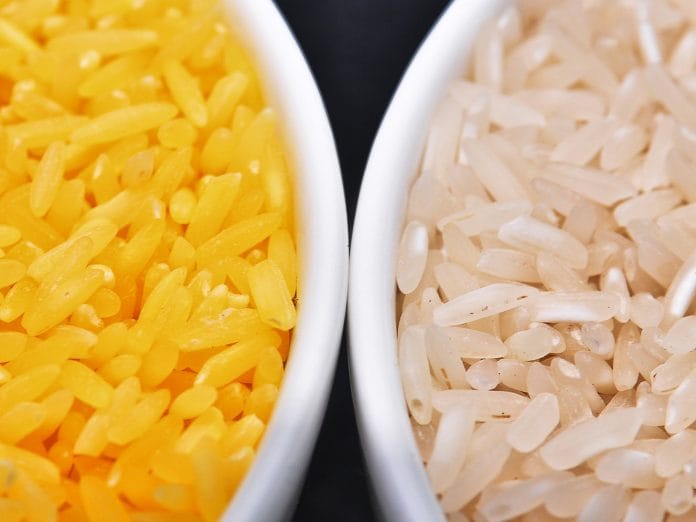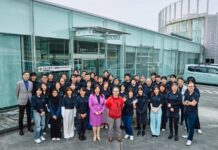
A TEAM of scientists from the International Rice Research Institute (IRRI), Philippine Rice Research Institute (PhilRice), and Bangladesh Rice Research Institute (BRRI) reported that Golden Rice (GR2E) introgression lines showed significant amounts of carotenoids in the milled grains.
The researchers used marker-assisted backcross breeding to transfer the GR2E trait into three local rice varieties. The resulting introgression lines were tested on confined fields to evaluated their agronomic performance and expression of beta carotene, vitamin-A precursor. The field tests showed that the introgression lines have similar characteristics as the recurrent parents and no differences were observed in pest and disease reaction.
The best performing lines were found to supply 30% to 50% of vitamin A daily average dietary requirement.
Meanwhile, a Malaysian scientist praised the development of the Vitamin A-fortified rice and the eventual success it received in getting regulatory approval for its cultivation.
Professor Dr Rofina Yasmin Othman, a molecular geneticist gave the thumbs up for the resilient initiatives of the rice scientists there to get the regulatory approval after years of lobbying for it.
Rofina an associate scientist at the Centre for Research in Biotechnology for Agriculture & Institute for Biological Sciences, Universiti of Malaya said: “This is a wonderful result of many years of collaboration and amazing perseverance by scientists both in the public and private and regulatory authorities.
“They have finally endorsed a product which has life-giving traits that could impact society directly by allowing its cultivation in the country.
“We hope that this approval will set a precedence and be a useful reference for other regulators to streamline the process to enable other critical innovations especially from public-funded projects to move forward.
“The final test now is of course consumer acceptance, so communication and inclusive discussions will be critical in the days ahead,” she added.















